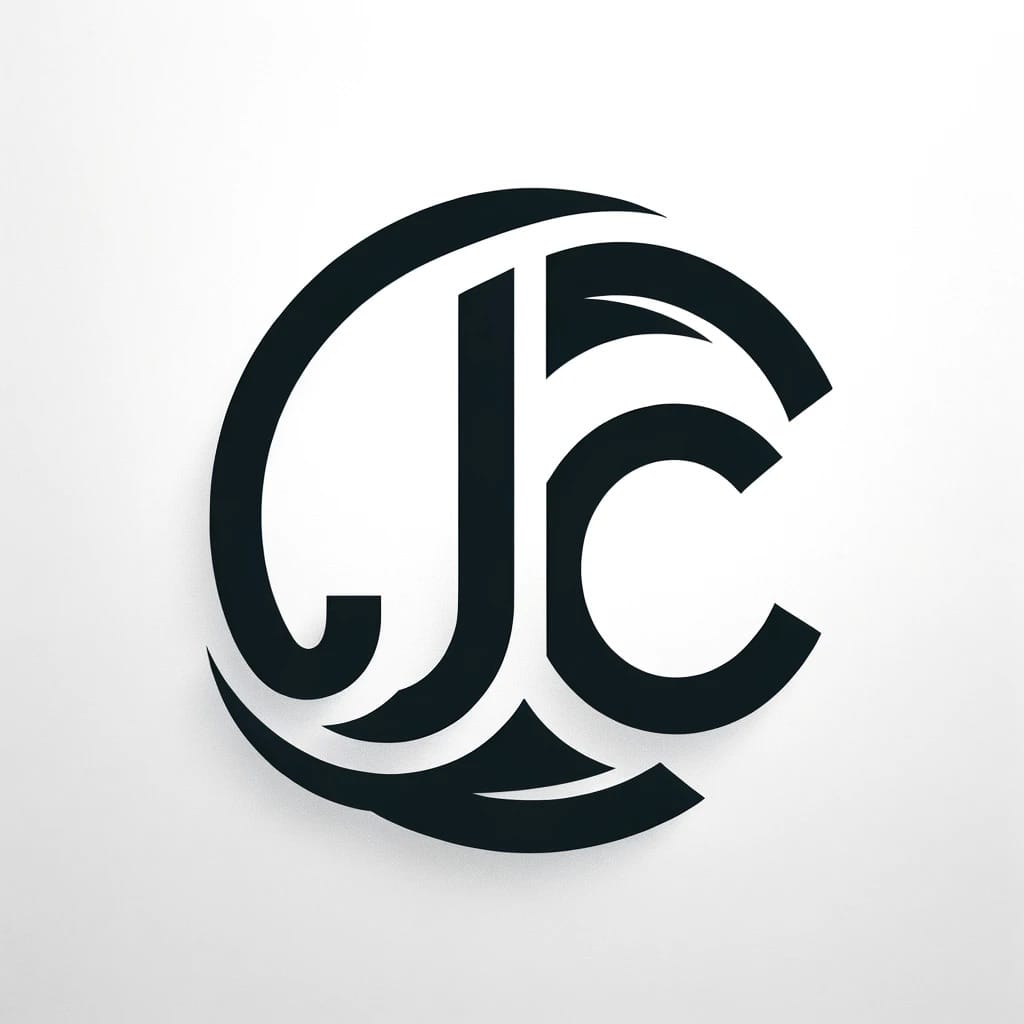How to tell the a compelling story of what you can do

In today’s issue, I want to show you how to tell people about what you can do for them.
There’s a saying in marketing (and yes, your ability to run the next major project in your company is a marketing activity) that you don’t sell features, you sell benefits and outcomes. When I hear people talk about what they can do, they talk about doing analyses and their assessment approaches. Those are features of what you can do, not benefits. One of the most famous examples of this is when Apple marketed the iPod. 10,000 songs in your pocket or something along those lines was the pitch. They didn‘t talk about the gigabytes of RAM or the battery life, they talked about a benefit…that you would have 10,000 songs in your pocket.
There is huge benefit in getting this right. People will better be able to relate to the work that you can do because they can see the outcomes that you are going to create for THEM. You talk from their perspective instead of talking from your own perspective. When I got my mind right and realized that I needed to focus less on me and more on others, things started to click into place. Let me show you a simple framework that I’ve learned to help get your mind right.
The Hero’s Journey
Good stories are really simple. They have three core elements, the character, the desire, and the conflict. Let’s work through an example so you know what I mean.
Once upon a time, there was a boy named Harry Potter. He wanted to grow up and become a wizard. What he didn’t know was that Voldemort wanted to stop that from happening and rule the wizarding world.
- Character: Harry Potter
- Desire: Grow up and bcome a wizard
- Conflict: Voldemort
Now that you know the components of a story, the first part of the hero’s journey is their separation from the ordinary world where they live. The hero is always comfortable and things are good, but something causes a separation from this reality. In Harry Potter, it’s the pain that he feels from his scar. This is where the hero starts to build rapport with the audience and introduces what the hero desires most.
The second part of the journey is when the hero leaves their ordinary world to pursue what they desire. We all want the hero to achieve what they desire and we’re rooting for them. We love those first few moments when Harry is seeing the wonder of Hogwarts and what it might mean to become a wizard. Unfortunately, the hero is introduced to a villian and that villian is preventing the hero from reaching what they desire.
The third part of the story is when the hero meets a mentor or a guide to help them along the way. One last time to our Harry Potter example, that is Dumbledore. For the purposes of this journey, the guide is the person who gives the hero the epiphany and the steps to get what they want. They journey then becomes the hero using the plans to defeat the villain and acheive their desires.
The last phase is the acheivement. This is where the hero finishes the journey. No matter if they actually achieve what they set out for, the hero is always transformed and a new identify for themselves is born. This may not always be what they set out for on the journey but it’s an ultimate acheivement.
Applying the hero’s journey
The mistake that most people make when talking about the successes of their projects and the results that they acheive is believing that the hero of their stories is them. They aren’t Harry Potter, they are Dumbledore.
You are the guide. You’ve learned how to do something that provides value. You have a map. The hero of your story are the executives that you help achieve success or a patient that you help get well (that’s a little more abstract for many of us).
So let’s use a simple example:
- Character: The Chief Financial Officer
- Desire: Maintain the financial health of the organization
- Villian: A budget gap
Now describing your role in that story. You are the guide the assists the CFO to maintain the financial health of the organization. Your hero has tried multiple ways to manage the process, but now you are the guide showing her how to analyze opportunities to close the budget gap and present it to other executives in a clear and convincing way.
As you look for more people to help, your goal is to find more heroes just as you described it facing the same situation as your CFO. If you can find that person in that situation, there is a proven way that you can help.
To Summarize:
- The foundations of storytelling can help you better articulate what you can do for executives and organizations.
- The core storytelling framework that you should use is called the Hero’s Journey.
- The Hero’s Journey always includes three elements, the character, the desire, and the villian.
- You are not the hero of the story. You are the guide.
